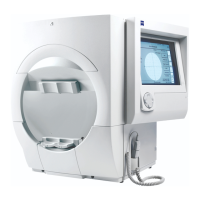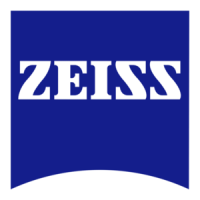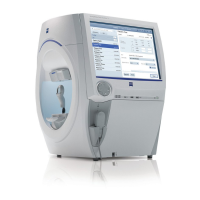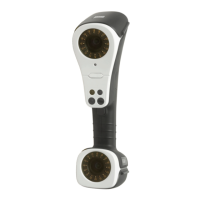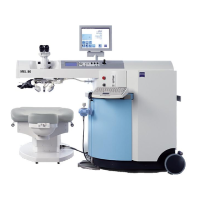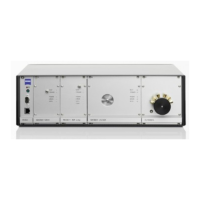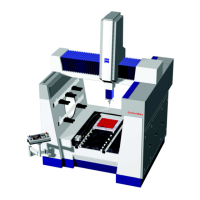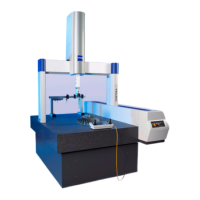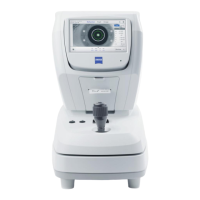Humphrey Field Analyzer II-
i
series User Manual 2660021145640 A
Introduction & Instrument Setup
1-21
Sophisticated Data
The Humphrey Field Analyzer’s statistical software, ST
ATPAC, provides immediate expert analysis of
visual field test results. With STATPAC, you can analyze test results at the time of examination, store
test results and analyze them at your convenience, or recall previously stored tests to analyze for
comparative purposes.
STATPAC includes several exclusive features
to help you identify visual field change:
• Using results from a single test, STATPAC can poin
t out suspicious areas that otherwise might
not be evident until subsequent tests were done.
• STATPAC can identify areas that look suspicious
but which, in fact, compare favorably with
normals data.
• Using results from a series of tests, STATPAC provides a
highly sensitive and informative analysis
of changes in the patient’s visual field over time.
• The Glaucoma Hemifield Test (GHT) compares points in the
superior and inferior hemifields to
provide a plain language analysis of test results.
• The HFA II-
i
provides separate, clinically validated, age-normative databases for STATPAC
analysis. These include databases for SITA and
SITA-SWAP™, in addition to the original
databases for Full Threshold and FastPac™ test results.
• Another database consisting of stab
le glaucoma patients is used with the Guided Progression
Analysis (GPA™) for following change in the progress of the disease. Refer to Chapter (8),
"Guided Progression Analysis (GPA)," for further details.
SWAP (Blue-Yellow) Testing (M
odels 745
i
and 750
i
)
Blue-Yellow perimetry is also known as Short-Wavelength Automated P
erimetry, or SWAP, (available
with Models 745
i
and 750
i
). It has performed better than standard computerized perimetry for the
early detection of glaucomatous changes, according to published longitudinal studies.
Blue-Yellow perimetry differs from standar
d static white-on-white perimetry only in that a carefully
chosen wavelength of blue light is used as the stimulus, and a specific color and brightness of
yellow light is used for the background illumination. The ability to use SITA for SWAP testing greatly
reduces the time involved. See Chapter (9), "Short-Wavelength Automated Perimetry (SWAP)," for
more information on SWAP and SITA-SWAP.
Automatic Fixation Monitoring
The HFA II-
i
employs several methods for ensuring that patients maintain proper fixation of the
target during testing. All models are equipped with a video eye monitor which presents a view of
the patient’s eye on-screen so that users can ensure proper patient fixation. Every HFA II-
i
also offers
standard Heijl-Krakau blind spot monitoring.
Models 740
i
, 745
i
and 750
i
also offer Gaze Tracking: a patented, high precision system which uses
real-time image analysis to verify the patient is looking at the fixation target and not looking
around. The Gaze Tracking device is unaffected by the patient’s head position. A continuous record
of fixation is available on the test screen for monitoring during the test. The Gaze Track graph is
included on the printout to provide a permanent record of the patient’s fixation.
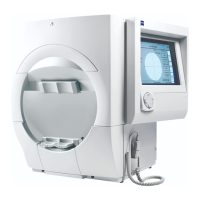
